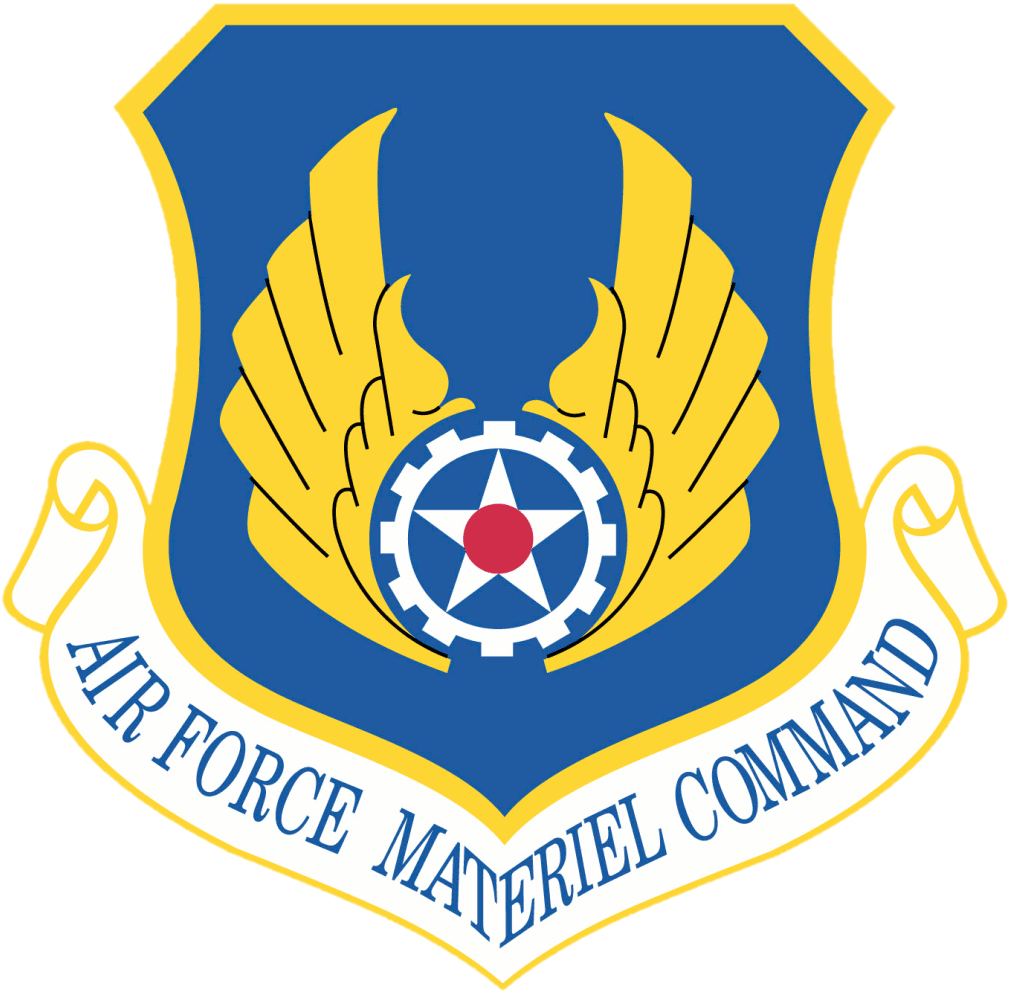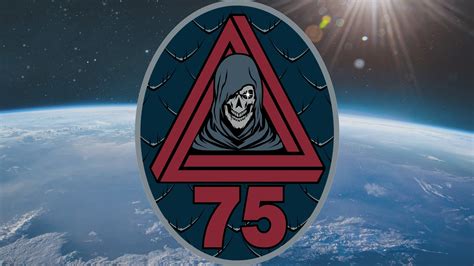Join the US Space Force: A Step-by-Step Guide

Introduction to the US Space Force

The United States Space Force (USSF) is the newest branch of the US military, established on December 20, 2019. As a separate branch, the USSF is responsible for organizing, training, and equipping space forces to protect US interests in space and to deter aggression in the space domain. If you’re interested in joining the USSF, this guide will walk you through the step-by-step process.
Eligibility Requirements

To be eligible to join the USSF, you must meet the following requirements:
- Be a US citizen
- Be between the ages of 17 and 39 (with some exceptions for older candidates)
- Meet the physical fitness standards
- Score well on the Armed Services Vocational Aptitude Battery (ASVAB) test
- Meet the education requirements (high school diploma or equivalent)
- Pass a background check
🚀 Note: The USSF is still in its early stages, and eligibility requirements may change. It's essential to check the official USSF website for the most up-to-date information.
Step 1: Meet with a Recruiter

The first step in joining the USSF is to meet with a recruiter. You can find a recruiter near you by visiting the USSF website or by contacting the USSF Recruiting Service. The recruiter will help you determine if you meet the eligibility requirements and answer any questions you may have about the USSF.
Step 2: Take the ASVAB Test

The ASVAB test is a multiple-choice test that measures your aptitude in various subjects, including math, science, and language. The test is used to determine which careers in the USSF you may be eligible for. You can prepare for the test by studying and taking practice tests.
Step 3: Choose Your Career

The USSF offers a variety of careers, including space operations, intelligence, and cybersecurity. Once you’ve taken the ASVAB test, you’ll be able to see which careers you’re eligible for. You can choose from a list of available careers and discuss your options with your recruiter.
Step 4: Enlist or Apply for a Commission

If you’re eligible to join the USSF, you’ll have two options: enlist or apply for a commission. Enlisting means you’ll join the USSF as an enlisted member, while applying for a commission means you’ll join as an officer.
- Enlisting: You’ll attend Basic Military Training (BMT) and then attend technical training in your chosen career field.
- Applying for a commission: You’ll attend the US Air Force Academy or a Reserve Officers’ Training Corps (ROTC) program.
Step 5: Complete Basic Training

If you enlist, you’ll attend BMT at Lackland Air Force Base in Texas. BMT is a 7-week program that teaches you the basics of military life, including physical fitness, first aid, and military protocol.
Step 6: Attend Technical Training

After completing BMT, you’ll attend technical training in your chosen career field. Technical training can last from a few weeks to several months, depending on your career.
Step 7: Get Assigned to a Unit

Once you’ve completed technical training, you’ll be assigned to a unit within the USSF. You’ll work with a team of space professionals to protect US interests in space.
Education Opportunities

The USSF offers a variety of education opportunities, including:
- Tuition assistance: The USSF will pay for part of your tuition if you attend college while serving.
- GI Bill: The USSF offers the GI Bill, which helps pay for education expenses after you leave the service.
- Space Force Academy: The USSF is planning to establish its own academy, which will offer a four-year degree in a space-related field.
📚 Note: The USSF is still developing its education programs, so be sure to check the official USSF website for the most up-to-date information.
Benefits of Joining the USSF
Joining the USSF offers a variety of benefits, including:
- Competitive pay and benefits
- Opportunity to serve in a new and exciting branch of the military
- Education opportunities
- Chance to work in a field that’s critical to national security
Careers in the USSF
The USSF offers a variety of careers, including:
- Space operations
- Intelligence
- Cybersecurity
- Engineering
- Communications
| Career | Description |
|---|---|
| Space Operations | Work with satellites and other space systems to protect US interests in space. |
| Intelligence | Analyze data and information to support USSF operations. |
| Cybersecurity | Protect USSF systems and networks from cyber threats. |
| Engineering | Design and develop new space systems and technologies. |
| Communications | Work with communication systems to support USSF operations. |

Conclusion
Joining the USSF is a great way to serve your country and work in a field that’s critical to national security. By following these steps, you can join the USSF and start a new career in space operations. Remember to check the official USSF website for the most up-to-date information on eligibility requirements and careers.
What is the US Space Force?

+
The US Space Force (USSF) is the newest branch of the US military, established on December 20, 2019. It’s responsible for organizing, training, and equipping space forces to protect US interests in space and to deter aggression in the space domain.
What are the eligibility requirements to join the USSF?

+
To be eligible to join the USSF, you must be a US citizen, be between the ages of 17 and 39, meet the physical fitness standards, score well on the ASVAB test, meet the education requirements, and pass a background check.
What careers are available in the USSF?

+
The USSF offers a variety of careers, including space operations, intelligence, cybersecurity, engineering, and communications.
How do I join the USSF?

+
To join the USSF, you’ll need to meet with a recruiter, take the ASVAB test, choose your career, enlist or apply for a commission, complete basic training, and attend technical training.
What are the benefits of joining the USSF?

+
Joining the USSF offers a variety of benefits, including competitive pay and benefits, opportunity to serve in a new and exciting branch of the military, education opportunities, and the chance to work in a field that’s critical to national security.